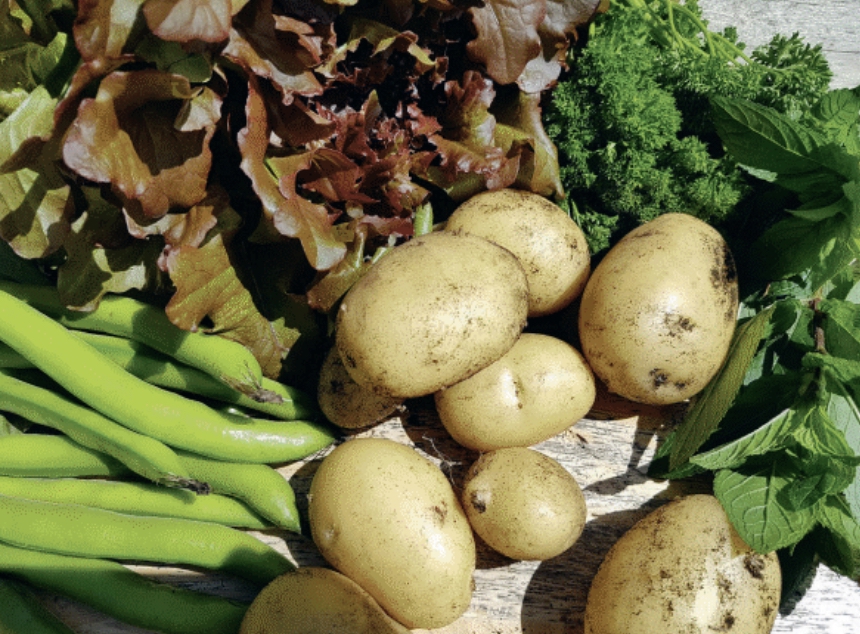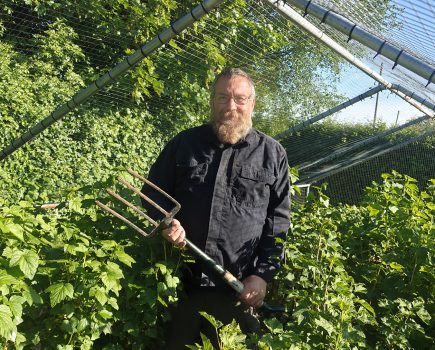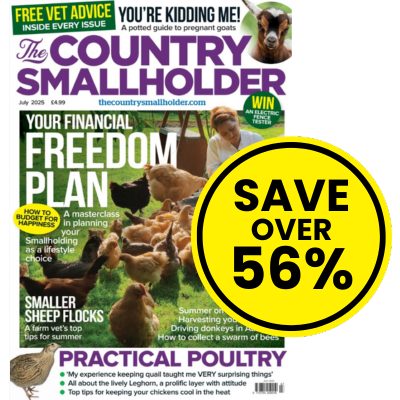Kim Stoddart shares more of her tried and tested, time and money-saving gems when it comes to vegetable growing.
So often gardeners feel guilty about their gardens, feel they aren’t doing enough, growing enough, everything just isn’t quite … enough. I’m not just talking beginner-level gardeners here either. On courses I run, highly experienced, long-standing gardeners often feel the same, and really isn’t it time we were all a little kinder to ourselves, and our precious outside spaces in the process? The good news is there are lots of ways to reduce our workloads without impacting negatively on our growing efforts, and we can often build greater all-weather resilience in the process.
This may sound a little too good to be true, but through more than a decade of experimenting with this, I can tell you the rewards are sweet. It’s always important to garden in a way that works for you, to make it your own. I don’t have a lot of time to actually garden, so when I do I want it to be productive yet relaxing and nurturing, and to have fun playing with my plot.
This means that at times I have pushed the boundaries of how wild you can be with growing crops, with the most amazing results. It isn’t that I don’t like to be more hands-on sometimes with primping and polishing, I really do, I’m just here to show you there are fantastically fruitful freedoms to be found in the most surprising places if we allow more space for the natural world to shine through.
GROW PLANTS ON FOR LONGER
So often there’s still a one in, one out, one in… approach to vegetable gardening. Plants being pulled as they are harvested, or have finished producing, with the pressure of near-constant seed sowing and planting out to fill gaps. Yet often plants have more to give if we allow them the opportunity to grow on. Here are just a few examples:
- Broad beans – One of my favourite beans of all, these plants can in fact be cut back almost to the ground after they have finished producing, and with healthy soil and the right conditions they can produce a second smaller, but no less fantastic, flush of pods. Runner beans can also live on at the end of the season and be overwintered if they are moved undercover to protect them from the cold.
- Potatoes – There is sheer joy in harvesting lovely home-grown tubers. It’s digging for treasure no less – what a treat! Yet when pulling spuds, I’m sure you’ve all experienced this, there are always a few teeny tubers that haven’t yet had the chance to grow. It is possible to harvest spuds by gently digging by hand around the foliage and pulling them free, before re-earthing up the plant so it can grow on and fatten up the remaining potatoes to be harvested and enjoyed later in the season.
This article extract was taken from the May 2025 edition of The Country Smallholder. To read the article in full, you can buy the issue here.








